GE JP655TKWW Bruksanvisning
Läs gratis den bruksanvisning för GE JP655TKWW (32 sidor) i kategorin Ugn. Guiden har ansetts hjälpsam av 19 personer och har ett genomsnittsbetyg på 4.9 stjärnor baserat på 10 recensioner. Har du en fråga om GE JP655TKWW eller vill du ställa frågor till andra användare av produkten? Ställ en fråga
Sida 1/32

GEAppliances.com
JP340
JP346
JP356
JP655
Owner’s Manual
Cooktop
Radiant
49-80411-3 03-09 JR
Safety Instructions . . . . . . . . 2–4
Operating Instructions
Cookware Tips . . . . . . . . . . . .8, 9
Dual Surface Element . . . . . . . . 7
Features of Your Cooktop . . . . .5
Surface Elements . . . . . . . . . . 6, 7
Temperature Limiter . . . . . . . . .7
Care and Cleaning
Control Knobs . . . . . . . . . . . . . 10
Glass Cooktop . . . . . . . . . . 11, 12
Stainless Steel Surfaces . . . . . . 10
Troubleshooting Tips . . . . . . 13
Consumer Support
Consumer Support . . . . . . . . . 16
Warranty . . . . . . . . . . . . . . . . . . 15
Write the model and serial
numbers here:
Model # _____________
Serial # _____________
You can find them on a label
under the cooktop.
Printed in the United States
Produktspecifikationer
| Varumärke: | GE |
| Kategori: | Ugn |
| Modell: | JP655TKWW |
Behöver du hjälp?
Om du behöver hjälp med GE JP655TKWW ställ en fråga nedan och andra användare kommer att svara dig
Ugn GE Manualer
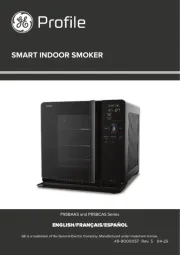
12 September 2025

1 April 2025

31 Mars 2025

9 Januari 2025

8 Januari 2025

7 Januari 2025

28 December 2024

28 December 2024

28 December 2024

17 December 2024
Ugn Manualer
- Buschbeck
- Ciarra
- AYA
- BSK
- Rosieres
- Edy
- Haeger
- WestBend
- VENINI
- Ilve
- Euro Appliances
- Emax
- Jenn-Air
- Cosmo
- Forge Adour
Nyaste Ugn Manualer
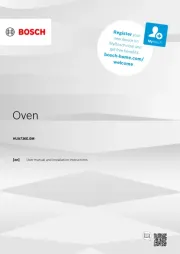
21 Oktober 2025
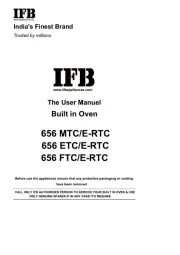
20 Oktober 2025
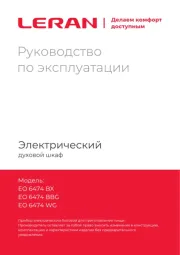
20 Oktober 2025
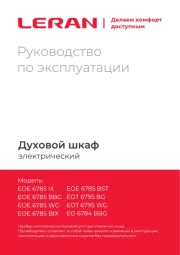
20 Oktober 2025
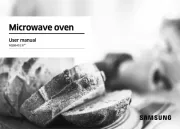
19 Oktober 2025
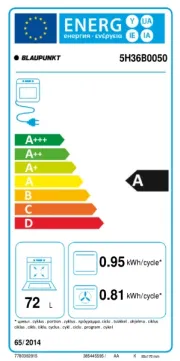
19 Oktober 2025
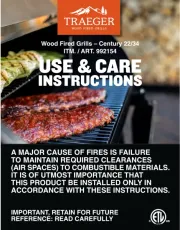
18 Oktober 2025
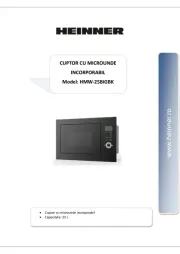
18 Oktober 2025
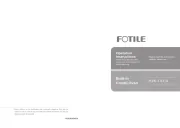
18 Oktober 2025
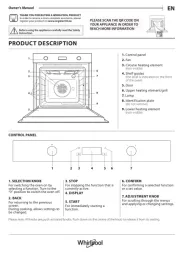
17 Oktober 2025